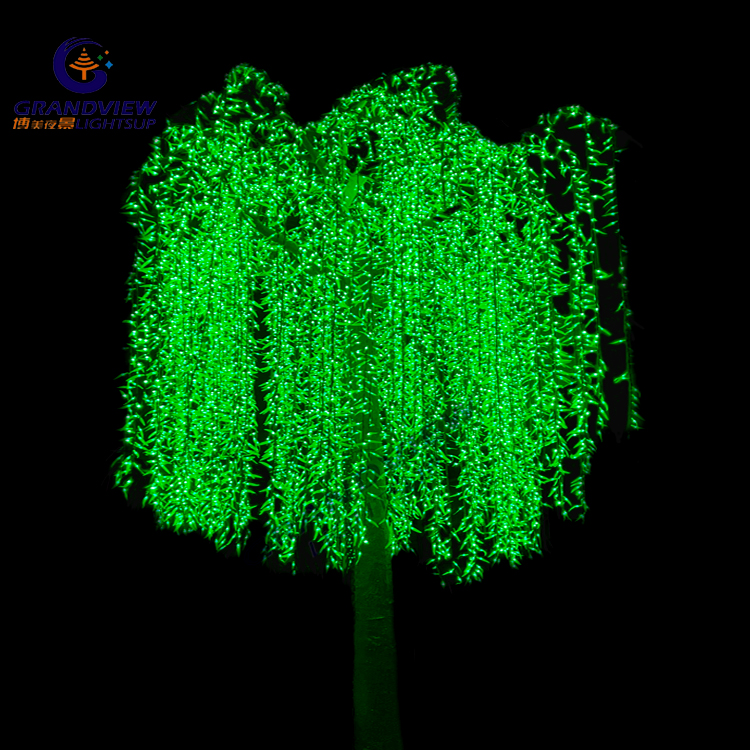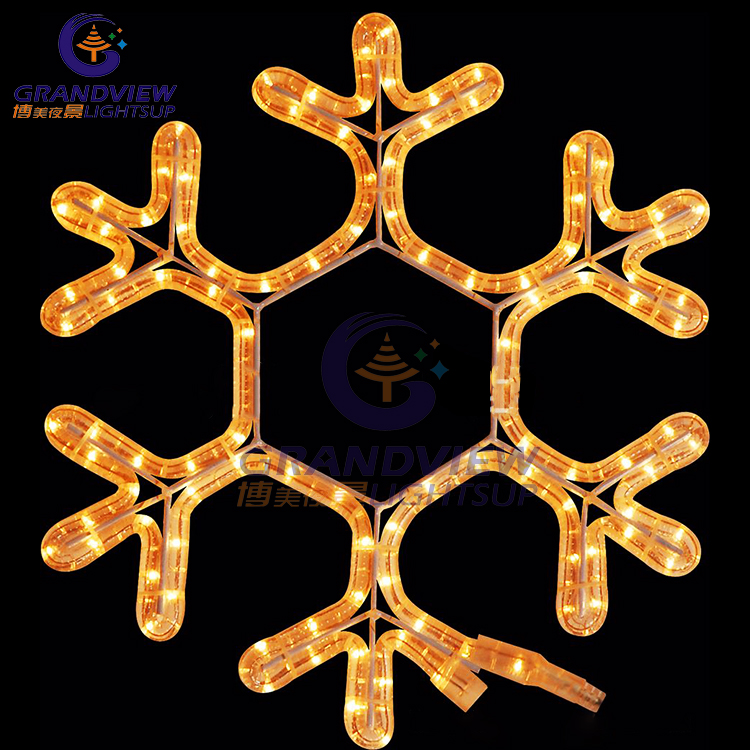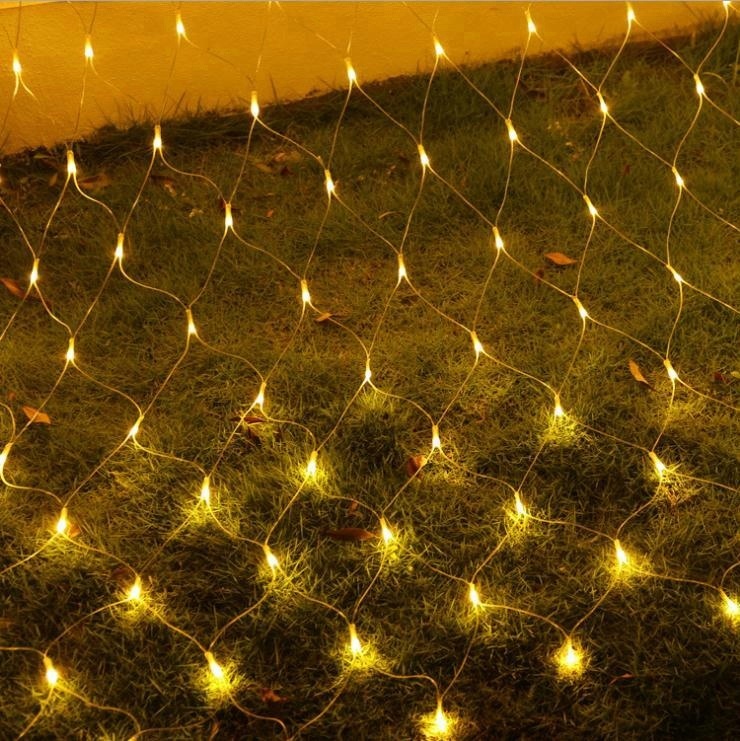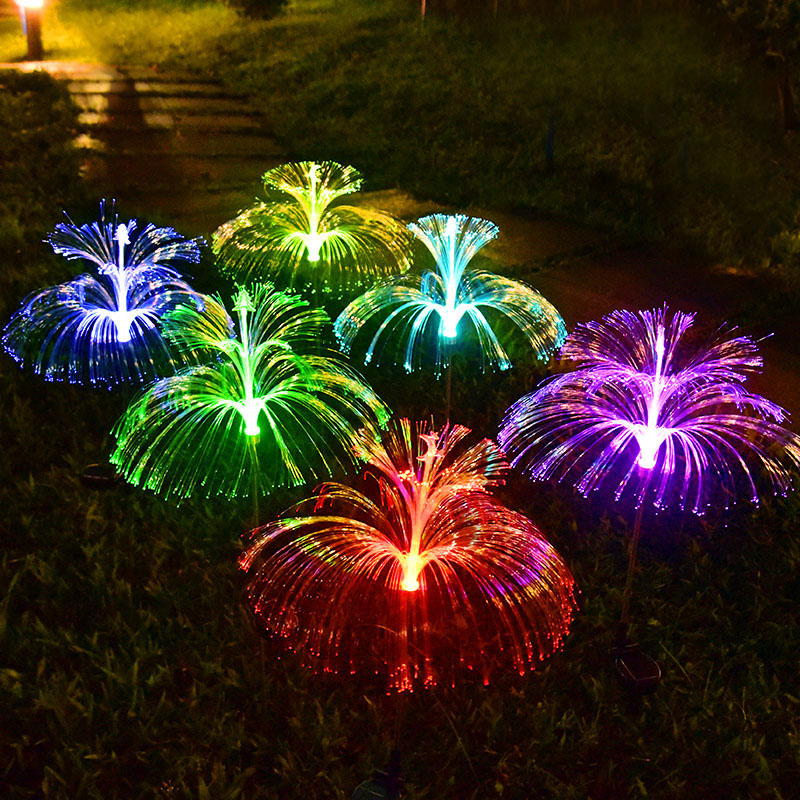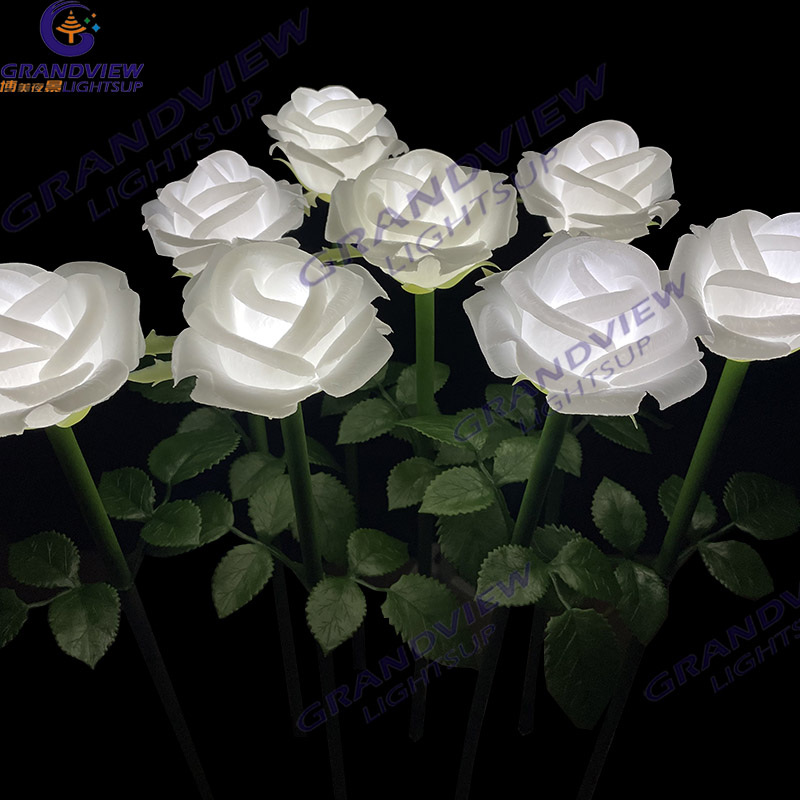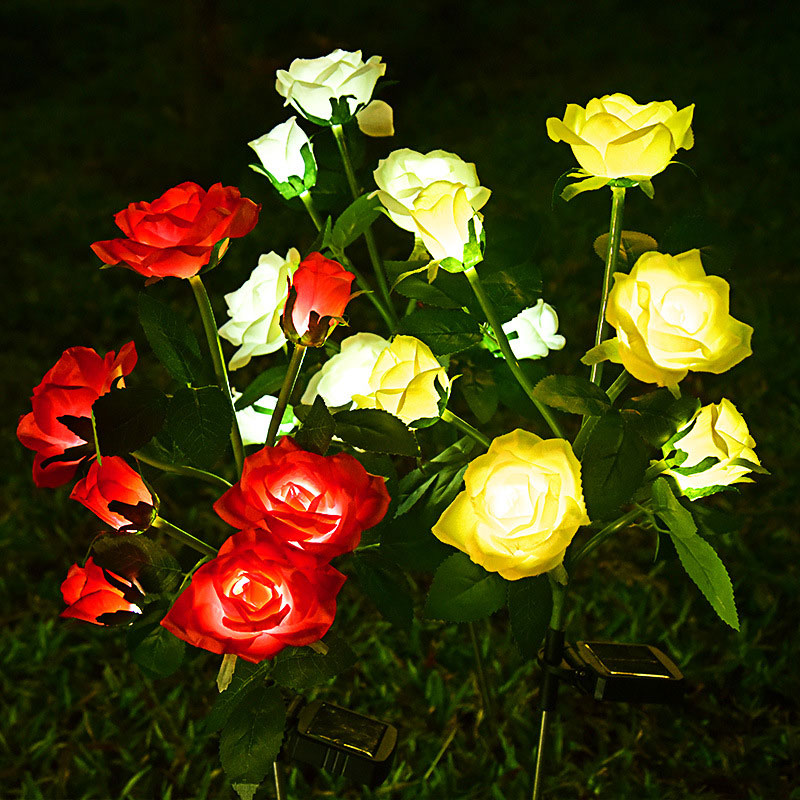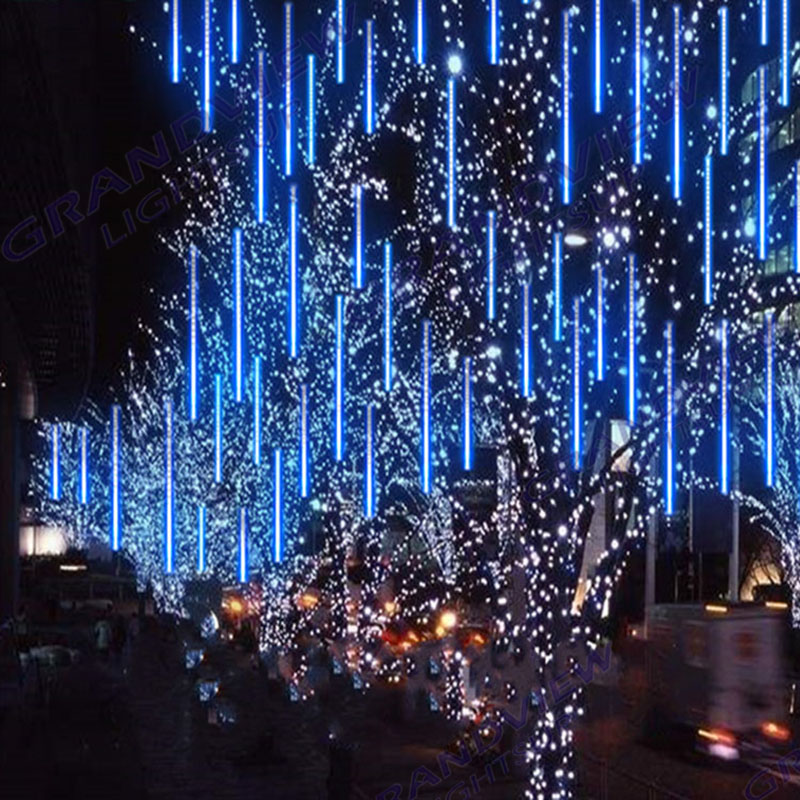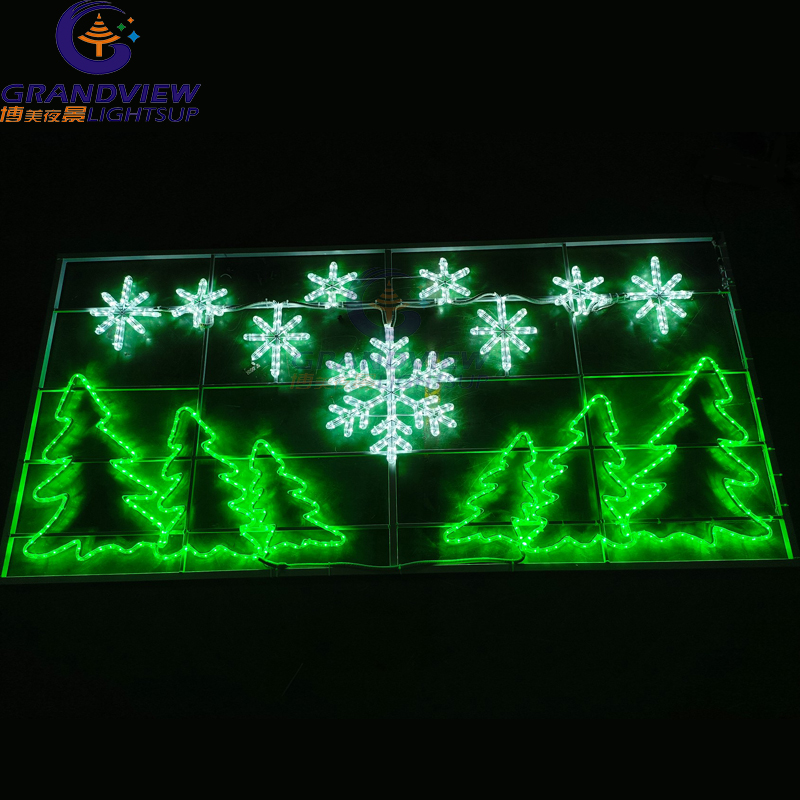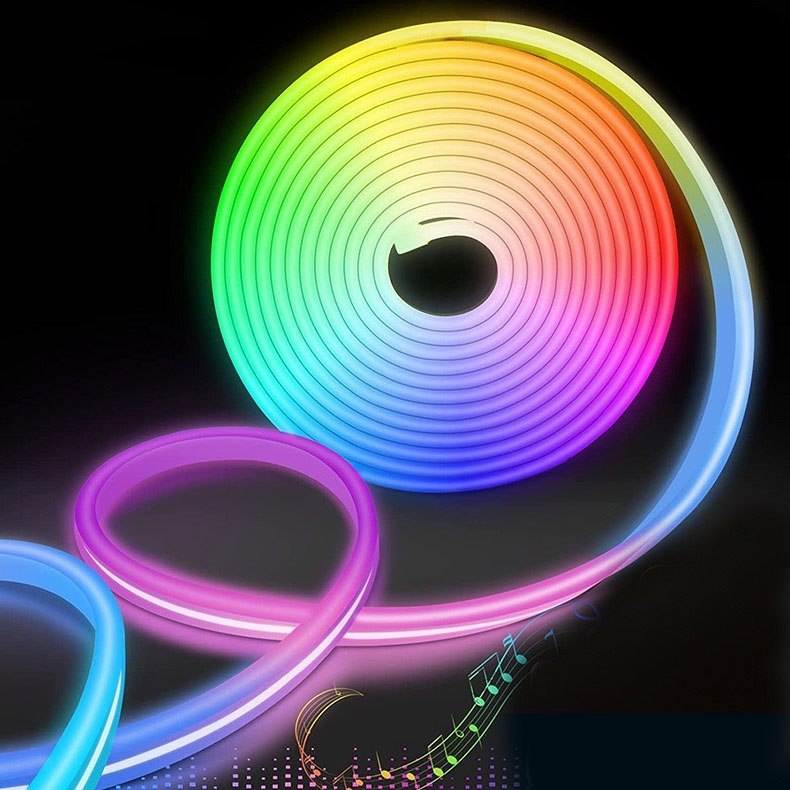1. Home Applications: Crafting Ambience with Light
1.1 Subtle Ambience for Relaxation
LED strips excel at creating gentle, indirect lighting that elevates home comfort. In living rooms, installing warm-white LED strips (2700K) behind media consoles softens screen glare, mimicking the cozy glow of a fireplace. A San Francisco homeowner recently integrated RGB LED strips into their bedroom's floating shelf, using a smartphone app to cycle through calming hues—deep blue for sleep, amber for reading, and soft pink for morning routines. For staircases, waterproof LED strips (IP65) along handrails or tread edges add safety and a touch of elegance, ideal for modern lofts or traditional homes alike.
1.2 Functional Illumination Reinvented
Beyond aesthetics, LED strips solve everyday lighting challenges. Under-cabinet lighting in kitchens (5000K daylight white) eliminates countertop shadows, improving meal prep safety. In bathrooms, moisture-resistant strips (IP44) around vanity mirrors provide uniform illumination for grooming, replacing harsh overhead fixtures. Wardrobe organization gets a tech upgrade with motion-sensor strips inside closets, lighting up clothing racks automatically—perfect for early morning dressing without disturbing others.
1.3 Personalized Design Statements
DIY enthusiasts and interior designers use LED strips to craft unique focal points. A Madrid family outlined their child's ceiling with star-shaped strip patterns, paired with twinkling effects for a magical bedtime environment. Balcony planters wrapped in color-changing LED strips transform outdoor spaces into evening retreats, while backlit bookshelves in home offices (4000K neutral white) highlight decor and create a productive atmosphere.
2. Commercial Spaces: Lighting as a Strategic Tool
2.1 Retail: Enhancing Product Presentation
Brands worldwide leverage LED strips to showcase merchandise effectively. A London boutique uses tunable-white LED strips in fitting rooms, allowing customers to switch between "street light," "sunlight," and "evening glow" to see how outfits look in real-world scenarios, boosting purchase confidence. High-end watch displays rely on ultra-thin edge-lit strips (120° beam angle) to emphasize craftsmanship, while smart dimming systems in supermarkets adjust brightness based on foot traffic, optimizing energy use.
2.2 Hospitality: Setting the Mood for Memorable Experiences
Restaurants and cafes use lighting to curate experiences. A Tokyo izakaya employs warm amber LED strips along wooden beams, paired with of traditional Japanese art, recreating a nostalgic street-food ambiance. In Miami's trendy rooftop bars, weatherproof RGB LED strips (IP67) wrapped around pergolas sync with music, shifting colors to match the vibe—pinks and purples for sunset cocktails, vibrant blues for late-night parties. Data shows such environments increase guest stay by 25%, driving higher revenue.
2.3 Offices: Boosting Productivity and Wellbeing
Modern workspaces use dynamic lighting to enhance focus and circadian rhythms. A Berlin co-working space installed ceiling-mounted LED strips that transition from warm morning light (2700K) to cool daylight (6500K) by noon, then back to warm tones in the afternoon, reducing eye strain and improving alertness. Modular magnetic strips in meeting rooms allow quick reconfiguration for presentations or brainstorming sessions, adapting to different work modes effortlessly.
3. Seasonal and Event Magic: Lighting Up Special Moments
3.1 Festive Decor with a Modern Twist
For holidays, LED strips offer endless creative possibilities. In New York City, homeowners replace traditional string lights with programmable RGB LED strips along rooflines, creating synchronized light shows to holiday music via apps like Spotify. Halloween enthusiasts outline doorways with purple and orange strips, adding motion-activated flicker effects for spooky appeal. Weddings in Tuscany often feature outdoor strips forming monograms or floral patterns on lawns, enhancing evening receptions under the stars.
3.2 Commercial Displays for Engagement
Mall installations in Dubai use LED strips to build interactive light sculptures that change colors as visitors pass by, becoming social media sensations. Car showrooms in Frankfurt display concept cars with contour-hugging strips, highlighting aerodynamic lines in dramatic black-lit environments, while seasonal window displays at Parisian boutiques use color-changing LED strips to highlight new collections dynamically.
4. Outdoor and Landscape Lighting: Safe, Stylish, and Sustainable
4.1 Garden and Pathway Illumination
IP68-rated strips buried under garden stones or along deck edges (3000K warm white) guide nighttime movement without disrupting wildlife. A Vancouver homeowner wrapped their patio pergola in solar-powered strips, auto-activating at dusk to highlight climbing plants. Water features like fountains or ponds use submersible strips (IP68) to create mesmerizing color reflections, enhancing outdoor living after dark.
4.2 Architectural Storytelling
Historical buildings in Rome use low-voltage LED strips (12V DC) to softly outline ancient facades, preserving heritage while creating stunning night-time visuals. Modern skyscrapers in Singapore employ RGBW strips on exteriors, projecting dynamic light art that celebrates national holidays or promotes brands, turning buildings into urban landmarks.
5. Buyer's Guide: Choosing the Right LED Strips
5.1 Technical Specifications
Brightness: Opt for 10-20 lumens/m for home ambiance, 30-50 lumens/m for commercial tasks.
Color Temperature: Mix 2700K (warm), 4000K (neutral), and 6500K (cool) to suit activities—warmer for relaxation, cooler for focus.
Color Rendering Index (CRI): Choose Ra ≥85 to ensure accurate color representation, crucial for retail or art displays.
5.2 Environment-Specific Features
Indoor Use: Standard IP20 strips for dry areas; IP44 for kitchens/bathrooms.
Outdoor Use: Minimum IP65 for weather resistance; IP68 for submerged applications.
Voltage: 12V/24V low-voltage systems are safer for DIY and outdoor setups; 220V for hardwired commercial installations.
5.3 Smart Technology and Ease of Installation
Connectivity: Wi-Fi/Bluetooth-enabled LED strips allow app control, voice integration (Alexa/Google Home), and music sync.
Installation: Magnetic or clip-based systems simplify setup for renters or DIY users; adhesive-backed strips work for smooth surfaces, though professional wiring is recommended for permanent commercial setups.


